The Doctor's Row of Bushwick, Built by a Beer Baron
William Ulmer was perhaps Bushwick’s most well-known brewer and, like many rich men, began investing money in real estate ventures like this grand stretch of Queen Anne row houses.

Editor’s Note: A version of this post was originally published in 2013. You can view the original post here.
William Ulmer was perhaps Bushwick’s most well-known brewer, which is saying something, as by the 1890s Brooklyn, the fourth largest city in America, had 45 active breweries.
By the turn of the 20th century, his large brewery complex on Belvidere and Locust streets in Bushwick produced over three million gallons of the frothy brew a year. Brooklyn’s German and, more and more, non-German population had made beer the king of beverages, and William Ulmer was certainly one of the princes of beer.
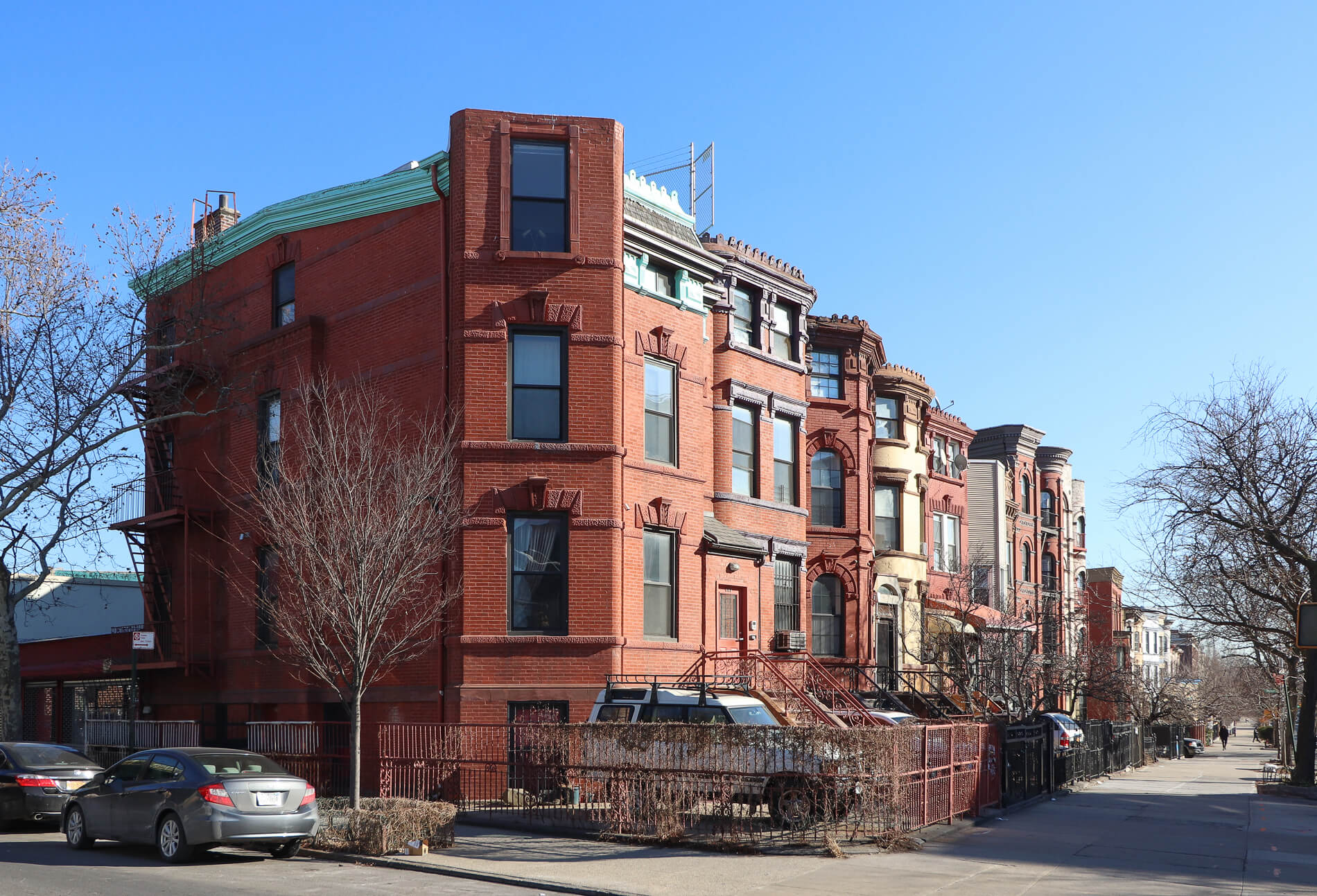
The success of his business made Ulmer a millionaire, and like many rich men, he began investing money in real estate ventures. He never seemed to be too interested in it, however, and aside from his own homes, he seems to have bankrolled only one project, this group of five large Queen Anne row houses at 683-691 Bushwick Avenue.
But, like many property owners in Bushwick, for all of his projects, he relied on the talents of only one architect — the most talented and prolific architect in the region: Theobald M. Engelhardt.
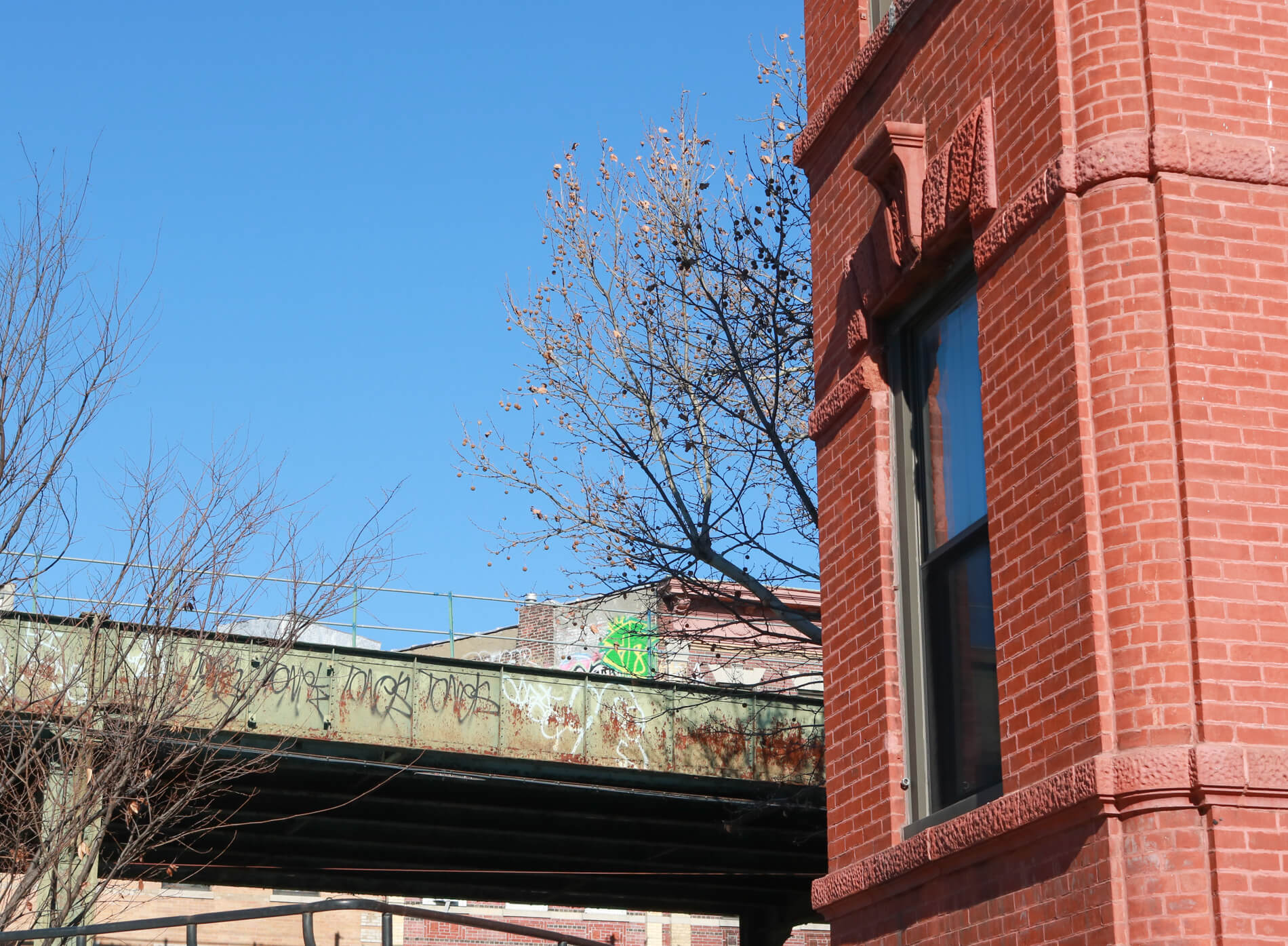
Engelhardt has been featured here many times; he was one of Brooklyn’s most important and prolific architects of the late 19th century. He was the son of German immigrants, and grew up in Williamsburg. His father was a builder, and early in his career young Theobald began building and, later, designing breweries.
His career took off from there, as brewers needed houses for themselves and their workers as well as clubs and places of worship; all kinds of buildings were needed in the growing area spanning the Eastern District, from Williamsburg to Bedford to Bushwick.
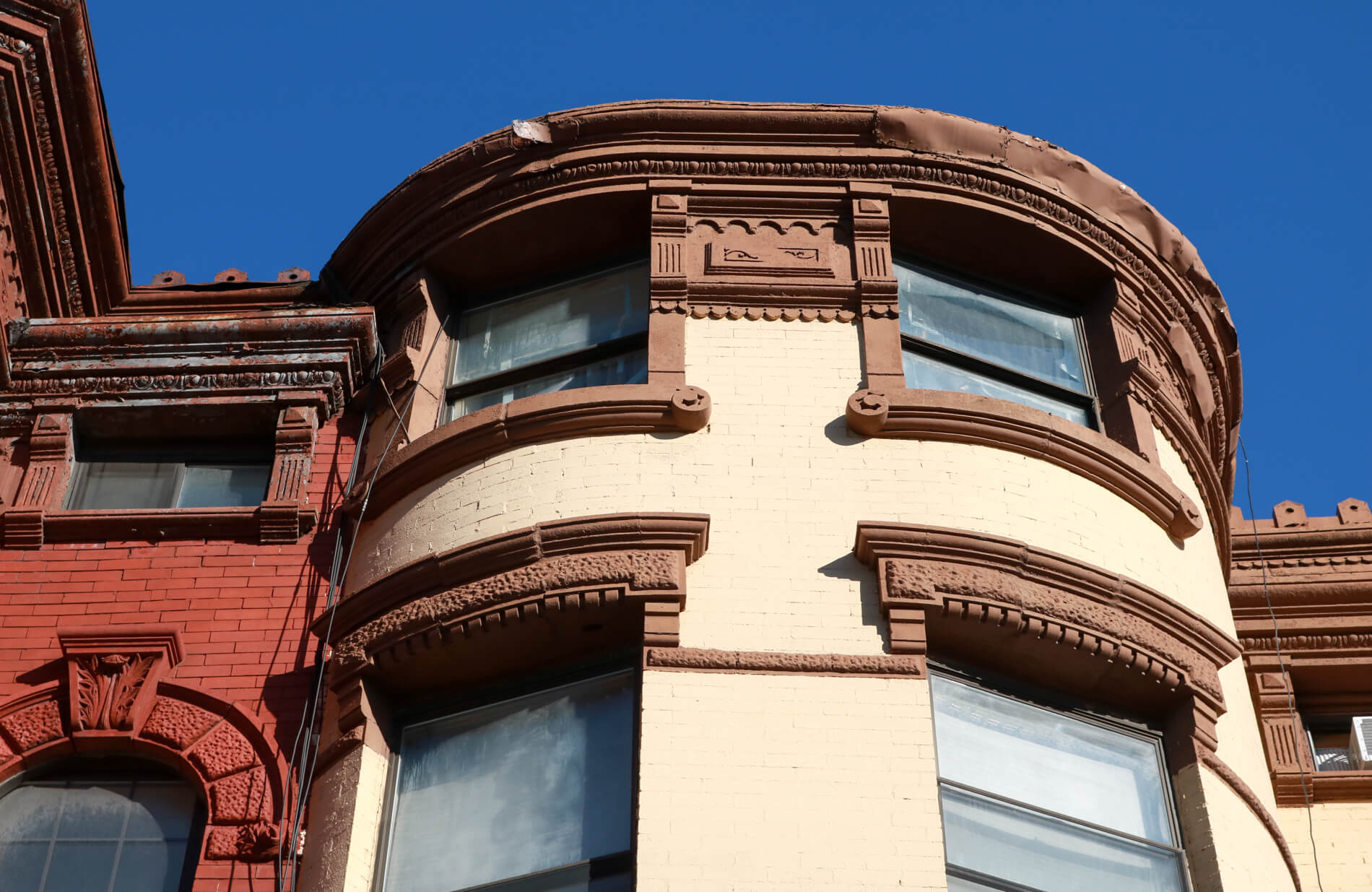
Engelhardt designed most of William Ulmer’s brewery complex, landmarked in 2010. He also designed the Ulmer mansion, and this row of houses. It’s unclear if these were built to be sold or rented to the top management of the brewery, or were just speculative housing, but his target buyer here was a person of means. These are large, beautiful examples of upper middle-class housing, and were all single family houses when built in 1890.
They soon became a “Doctor’s Row,” with physicians occupying many of them for at least the next 10 or so years. No. 683 was home to a Dr. Robert Daniels, followed by Dr. William Runger in 1896, Dr. Herman Bender in 1899, and son Dr. Philip Bender in 1911. No. 687 was owned by Dr. Theodore Burr in 1898, Dr. Frederick A. Cook from 1899 to 1902, and Dr. Frederick Cordes in 1903.
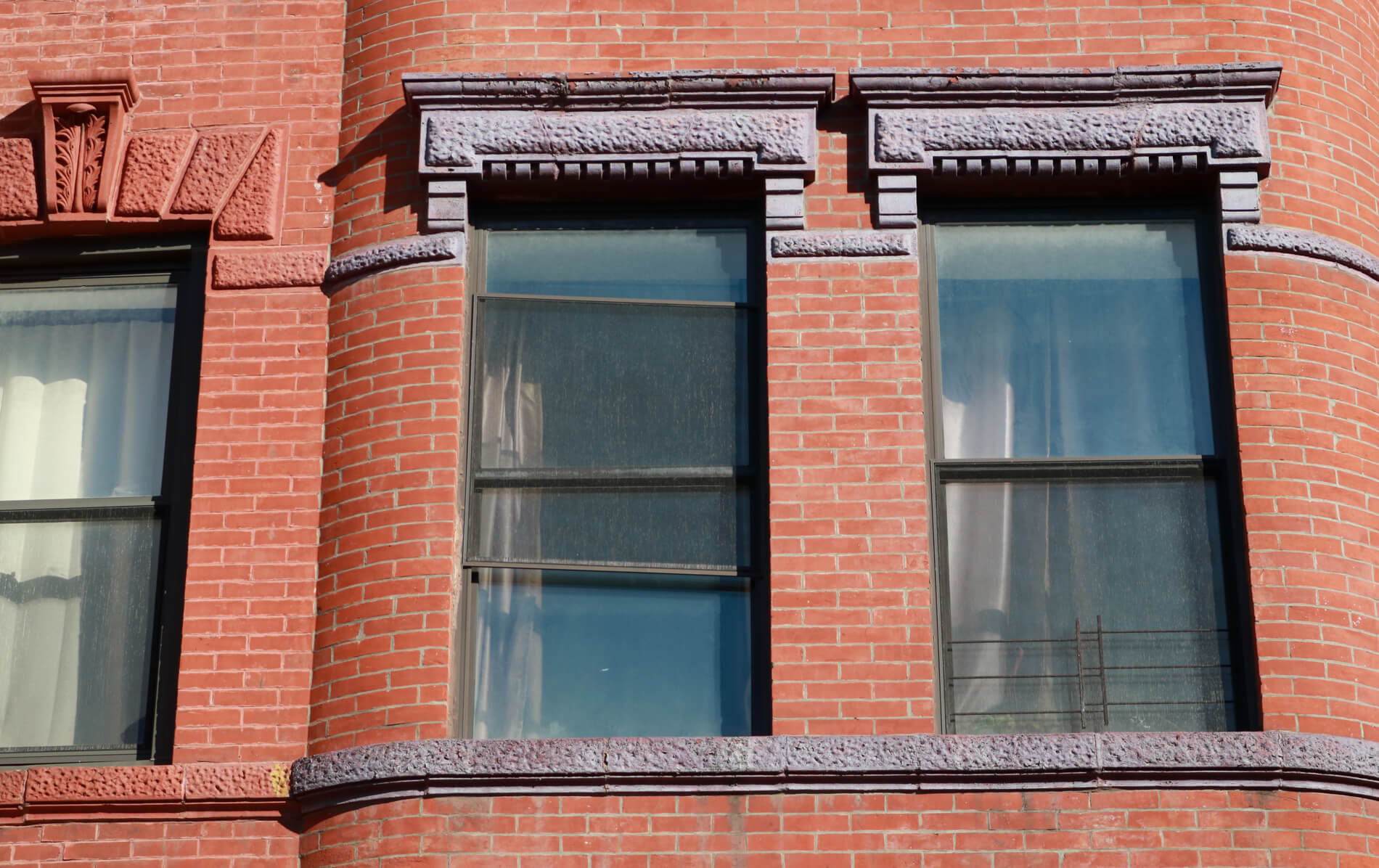
No. 691 was home to Dr. Benjamin Maggio in 1917. Before Dr. Maggio, it was also home to a judge, Magistrate Higginbotham, from 1903 to at least 1905. The house in the middle, No. 685, belonged to Henry Eppig, son of another prominent brewer, Leonhard Eppig. Henry was big in the ice business, and the principal stockholder of the Eastern Ice Association.
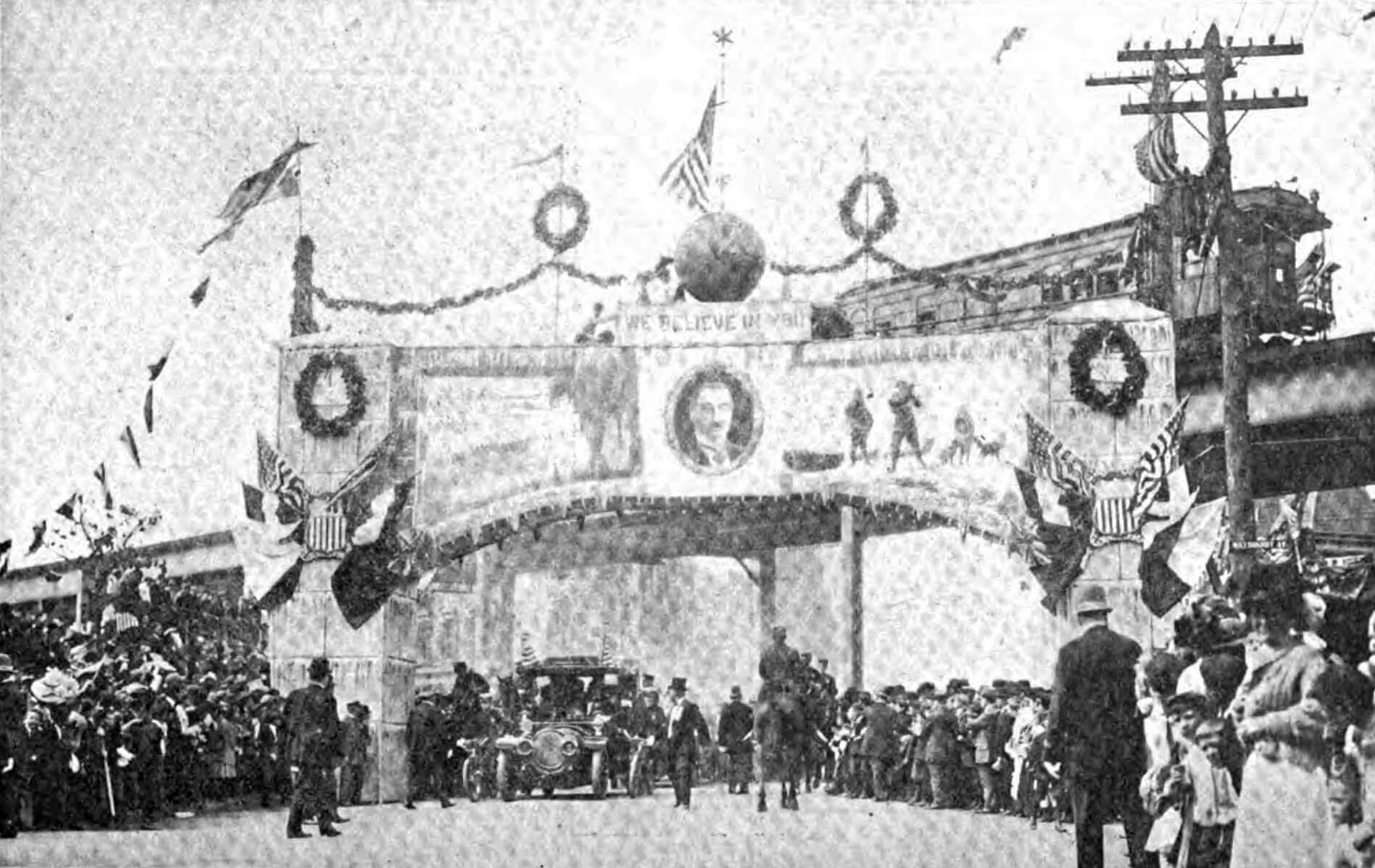
One name in the group may also be familiar. Dr. Frederick A. Cook was the famous explorer who was a member of several expeditions to Greenland and attempts to scale Mount McKinley (aka Denali). When he wasn’t out in the world exploring, he was a successful surgeon, living here for at least three years. He and Robert E. Peary both claimed to be the first to the North Pole, in 1908. It led to a scandal at the time when a committee of the National Geographic Society determined Cook’s claim was not proven, leaving Peary’s name to go into history books as the first to the North Pole. The uproar caused the beginning of Cook’s decent into disgrace and misery.
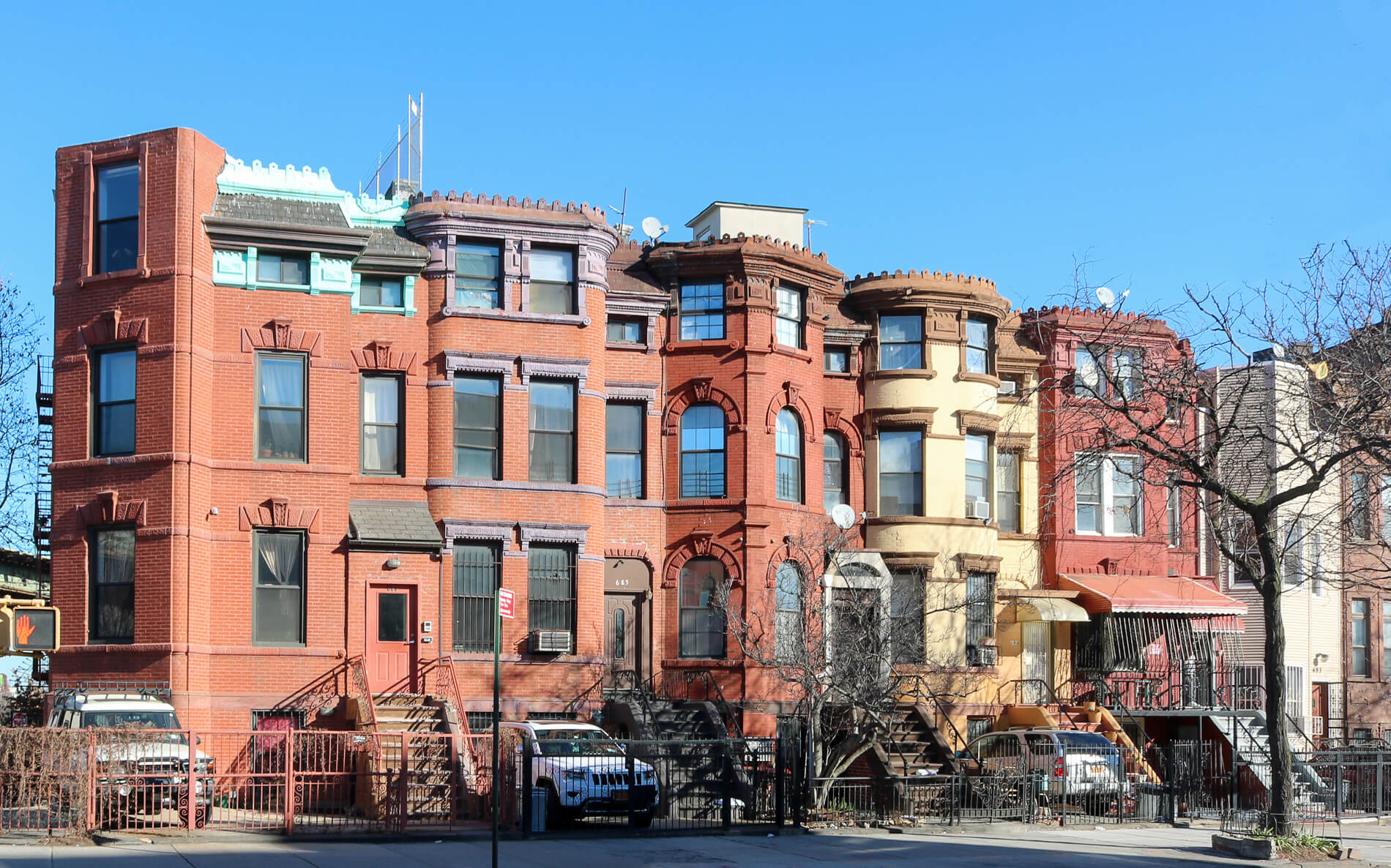
Before that, in 1902, Cook married his second wife, and the newlywed couple moved from 687 Bushwick to the mansion that is generally associated with his name, the former Catherina Lipsius mansion, at 670 Bushwick Avenue.
This mansion was also designed by Engelhardt, still stands and was landmarked in 2013. A tale for another time in a neighborhood full of interesting stories.
[Photos by Susan De Vries unless noted otherwise]
Related Stories
- Building of the Day: 905-907 Broadway, the Offices of Theobald Engelhardt, Architect
- Building of the Day: 81-83 Beaver Street, Bushwick’s William Ulmer Brewery
- Walkabout: Theobald M. Engelhardt, Architect
Email tips@brownstoner.com with further comments, questions or tips. Follow Brownstoner on Twitter and Instagram, and like us on Facebook.





What's Your Take? Leave a Comment